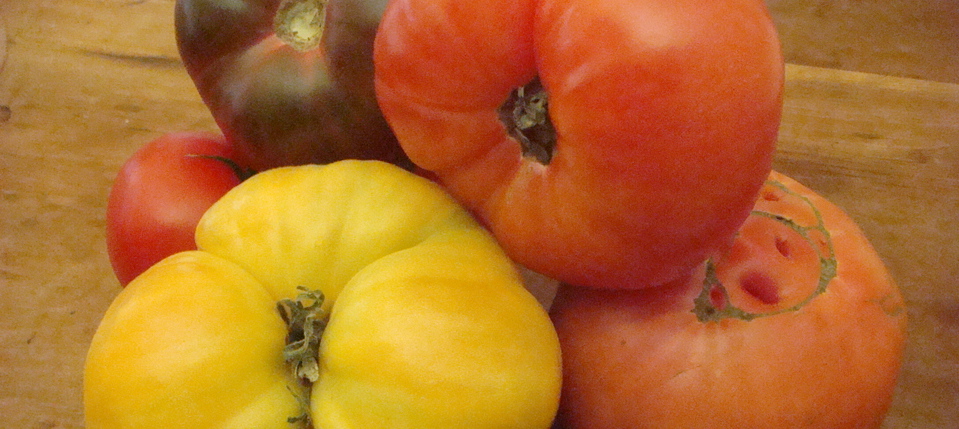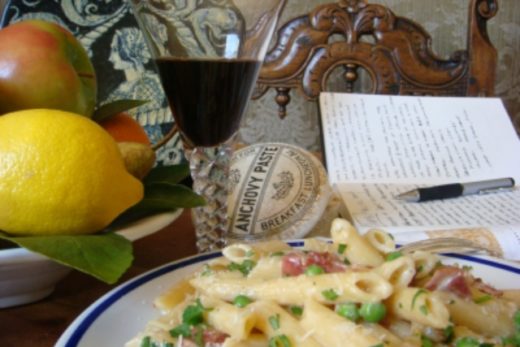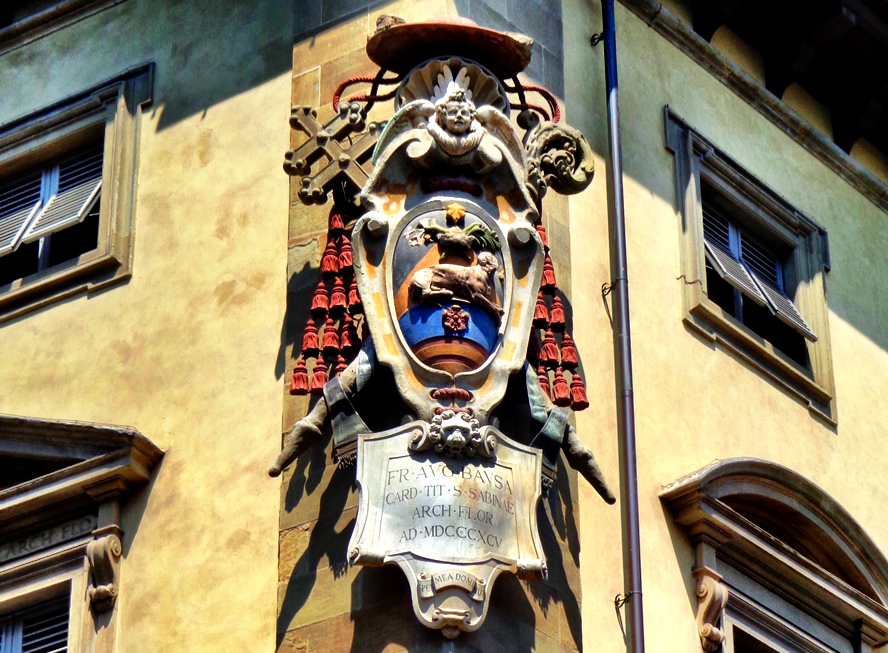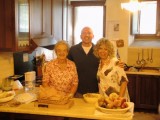Zu, Zu, Zu~
“Scusi, Senore.”
“Si?”
“Una domanda. Conosce il ristorante Cantina Do Mori ?”
“Mmmm, no. Ha l’indirizzo?”
“Si, si, si.”
Asking for directions in Italian can be a daunting task. It requires you to remember the words for “left” “right” “around the corner” “across” “in front of” “the next block.” Of course, in Italy each of those words comes with a hundred hand gestures and gesticulations.
In Venice, asking for directions is even more complicated, because sometimes the “streets” only run the length of a building before taking a jog to the left or right and changing names. I have yet to find a map of Venice with every street name on it. Of course, that assumes that every street has a name—at times, I wonder.
Venice is a life-size, living labyrinth—an urban maze created by buildings and canals instead of the hedge mazes that were popular Renaissance garden follies. Envision the garden labyrinth in the movie “The Shining.” In Venice, you get the feeling that Jack Nicholson could round the corner with an axe at any moment—
“Heeeerrrreeee’s Johnny!”
WHACK!
For the past three or fours years, Richard and I have started taking along a list of restaurants from the back of Biba Caggiano’s Trattoria cookbook (http://www.mark-leslie.net/biba-restaurant-premier-italian-restaurant-sa). We have never been disappointed by any of the restaurants she has listed. Usually, it has been very easy to find the restaurants for whatever town we are in. During past pre-trip preparations, I would diligently search out each location, bookmark them, print maps and menus for every choice. Inevitably, we never used them because we would end up passing by them during the course of our daily sightseeing excursions. So this time for Venice, I decided not to bother with pre-printed maps or the research—it had been easy enough with just the name and the address. The list for Venice was not so easy. Biba’s information was correct, but trying to find the named streets in Venice was an entirely different ball of wax.
When I would stop a Venetian and ask, “Una domanda, per favore. Conosce il ristorante Cantina Do Mori?” (“A question, please. Do you know the restaurant Cantina Do Mori?”), the Italian response was always the same—“Mmmm, no. Do you have the address?” I would pull out my map and together, as if trying to plot the invasion of Normandy, we would all try, first, to find where we were on the map and, second, to find the area where the restaurant might be.
Inevitably, the directions were always the same… “Va a destra qui, poi va a sinistra qua, poi gira La, e poi zu, zu, zu, zu, zu.” (“You go right here, you go left here, then turn there, and then zu, zu, zu, zu, zu.”)
The “zu, zu, zu, zu, zu” part involved the Venetian making a series of left/right hand gestures. The gesturing back and forth with the sound “zu, zu, zu” reminded me of how you might describe to how you saw a rabbit running for its life through the backyard while your dog chased it. The rabbit cuts left “zu”, then right “zu”, then farther right “zu”, back left “zu”, around in a circle “zuuuuuu”, left “zu”, right “zu”, left “zu”, right “zu”, and disappears into the high weeds “ZU”—the rabbit hole never to be found. That is how one gets directions in Venice. When finished describing how you, the dog, must go, everyone locks eyes, shrugs, and laughs—knowing full well that the directions are impossible to explain and impossible to understand.
“Buonasera.”
“Grazie, grazie. Buonasera, anche.”
“Buon fortuna.” (lots of laughter from everyone)
“Grazie!”
And off we would go into the Venetian night, waiting for the rabbit to lead us on the chase so we could go “zu, zu, zu, zu, zu!”
We never found Cantina Do Mori. We tried—and failed—three different evenings, each time canceling out a different section of the San Polo neighborhood. The piazza San Polo was where the rabbit hole was thought to be each time, but, once there, other Venetians indicated that the rabbit hole was “zu, zu, zu, zu” in another part of the neighborhood. Usually piazzas are the thriving heart of a neighborhood—crowded, brightly lit, shops, restaurants, and gelaterie bustling with action. The piazza San Polo was a ghost town—a huge, deserted, scaffolded, unlit, graffitied, lifeless square with no fountain, no people, and no gelato.
Each night when we entered, the only light, the only business, the only sign of live was on the far side of the piazza. We walked toward the light the first night—a pizzeria. It was not the restaurant we were looking for, so we went elsewhere. The second night, we avoided it all together and continued our “zu, zu, zu” in a different direction. The third night, disheartened by our failed attempts at trying to find Cantina Do Mori, we decided to go into this pizzeria.
There was a long line of people waiting to be seated—a good sign. Richard was concerned that the crowd was “too young” for the likes of us, the over 40 set, but he changed his tune when a 70-year-old-ish couple rounded the corner out of the dining room. “Good, I am not the only OLD person here,” he said, as if being under 50 made him a geezer.
We waited about 20 minutes and were seated in the bustling dining room. This place was slammed—a mixture of college students, families, couples on dates, a middle-aged birthday party, and the old folks.
The pizzas were coming out of the ovens, slightly blackened, smoldering, and covered in toppings. We ordered water, wine, and our pizzas. Richard ordered a prosciutto, mushroom and had arugula added to it. This is actually a very classic pizza in Italy. I went out on a limb and ordered the pizza with tuna and arugula. I had never had a pizza with tuna on it before and I thought I’d see what I got.
In Italy, pizzas are thin, crunchy, slightly blackened crusts, topped with a little sauce, some squares of fresh buffalo mozzarella, and then your toppings. Some people might consider the crust burnt on some of the edges, but there is a difference between burnt and blackened. The Italians are experts at blackened…but only on some of the crust. It isn’t as if the entire edge is a burnt tree trunk after a California fire. None of it is like that.
My tuna and arugula pizza was incredible, BUONISSIMA! The tuna was canned tuna—yes, Italians eat a lot of canned tuna, packed in olive oil. The pizza’s sauce was slightly spicy, which Italians love to do with seafood, and it was piled high with fresh arugula, not cooked, that had been added to the pizza after it came out of the oven causing it to wilt slowly from the residual heat of the pizza. I really wasn’t expecting to like my pizza, but the combination seemed interesting and I always like to try something new. The canned tuna was not fishy tasting and with the slight spicy heat of the sauce combined with the peppery arugula—Wow! STUPEFACENTE! (http://www.mark-leslie.net/la-parola-del-giorno-the-word-of-the-day) I would order this pizza again in a hot minute.
Later, I discovered that the pizzeria we stumbled upon was a very popular and highly recommended place—Birraria La Corte (http://www.birrarialacorte.it/ENG/index.html). It was a beacon of great food in that abandoned, dark, barely breathing piazza, which upon first sight seemed to be only a last resort of a place to eat.
Venice is a city of hidden treasures and it has reminded me to never judge a book by its cover. Sometimes, the most unassuming things turn out to be the best surprises. Luckily, this time, the surprise wasn’t Nicholson with an axe!
Ciao e a presto~
Mark










